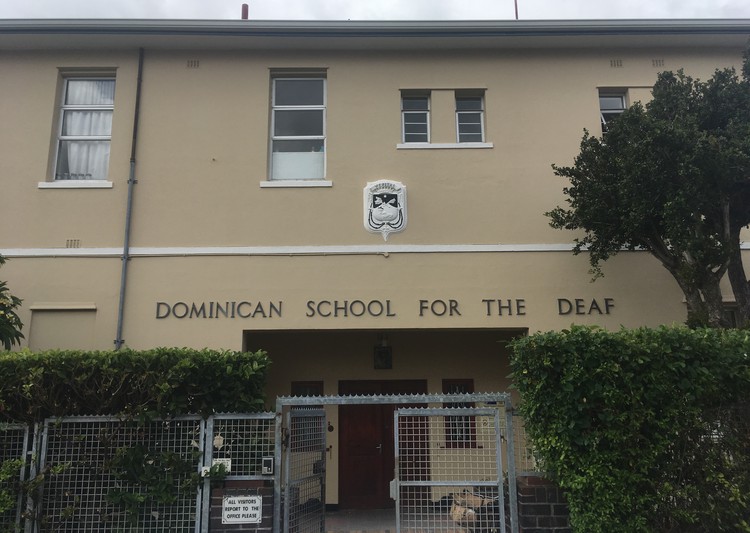Sign language included as a subject for matric exam
Victory for deaf learners, says Dominican School for the Deaf
Sign language was included as a subject for the first time in the 2018 National Senior Certificate exams, in what the Dominican School for the Deaf described as a major victory for the deaf community.
South African Sign Language (SASL) was recognised by the Department of Basic Education as an official home language in 2018.
According to Cindy Rutter, the principal at the Dominican School for the Deaf in Wynberg, four learners in the Western Cape took the 2018 sign language exam.
“They had to do bridging courses in Grade 9, 10, 11. They had to learn what kids learn when they do English or Afrikaans throughout school. Sign language has its own grammar and structure, so from Grade 9 they had to catch up,” said Rutter.
For the final exam in sign language, learners worked in closed-off booths where they watched questions in sign language then video-recorded themselves signing answers.
“They watch the question, sign the answer and then file it [on the laptop],” said Rutter.
She said a challenge implementing the new policy was access to resources. This was the first time students were studying SASL as a home language, so there were no textbooks on sign language as a home language, or former students who had studied SASL in high school, to draw on. Everything had to be developed from scratch.
Rutter said the curriculum was limited but would develop. Among the resources to be developed were deaf poets and storytellers recording their stories for deaf learners to study.
Rutter stressed the importance of language as a tool for empowerment and inclusion. She said the recognition of sign language as a home language for matric put “a minority group on the map”.
“It is a great victory for us. It gives confidence to deaf people, because their language is recognised,” said Rutter.
Jabulane Blose, CEO of South African National Deaf Association (SANDA) which promotes and advances the rights of deaf people, labelled the new policy “a major milestone in the consolidation of the rights of deaf people to balanced and accessible education.”
But Blose highlighted challenges with the implementation of SASL as a home language:
- More training and qualified educators were needed;
- Deaf people should be included in the development of the language and policies; and
- SASL needed its own curriculum, instead of copying the English curriculum.
According to SANDA, there are over four million deaf and hard-of-hearing (partially deaf) people in South Africa.
Support independent journalism
Donate using Payfast

© 2019 GroundUp.
This article is licensed under a Creative Commons Attribution-NoDerivatives 4.0 International License.
You may republish this article, so long as you credit the authors and GroundUp, and do not change the text. Please include a link back to the original article.

